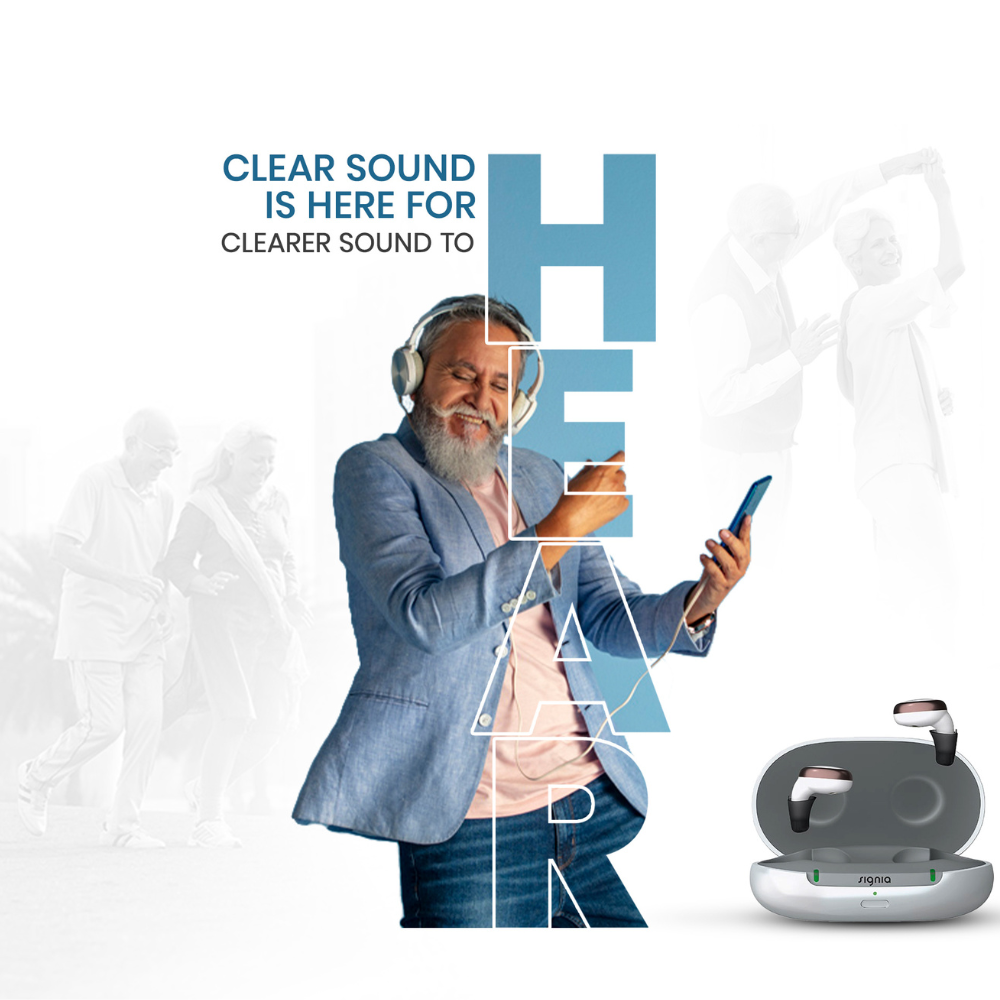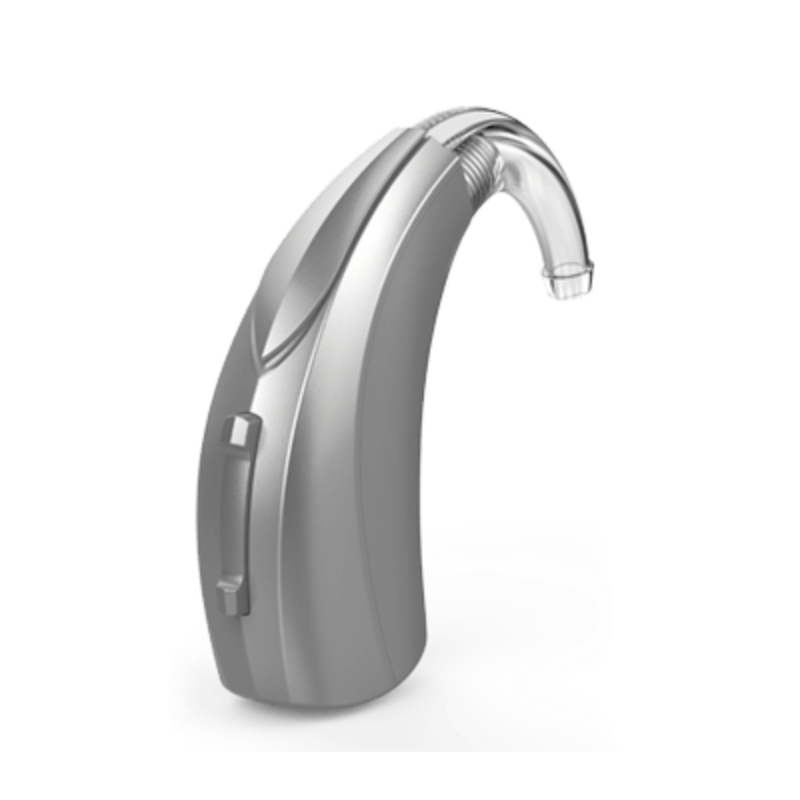













Hearing Health for Everyone, Regardless of Age
Hearing loss can occur at any age and can be caused by a variety of factors such as aging, exposure to loud noise, certain medications, infections and genetics. Some typical indications of hearing loss include:
- Avoidance of social situations or conversations due to difficulty hearing.
- Difficulty in understanding words and voices in noisy environments.
- Needing to turn up the volume on the television, radio or phone.
- Frequently asking others to repeat themselves.
Speech sounding muffled or slurred. - Trouble hearing consonants, especially in higher-pitched voices.
- Withdrawal from hobbies and activities due to hearing difficulties.
- Ringing or buzzing in the ears (tinnitus)
Feeling of fullness or pressure in the ears. - Dizziness or vertigo (in some cases)
If an individual is experiencing any of the following symptoms, it is highly recommended to seek an evaluation from our proficient audiologist to ascertain the presence of hearing loss and deliberate on feasible treatment options.


Don’t let hearing loss turn down the volume of life
Experiencing hearing loss can pose difficulties and disrupt one’s daily life. If you notice any alterations in your behavior or that of your family, it is recommended to undergo a Hearing assessment to determine the degree of hearing loss. In many cases, children’s hearing issues are not detected until they are older since the parents miss the opportunity to correct the problem during the early stage.
Hearing Assessments include a series of tests that measures a patient’s ability to hear different sounds and frequencies. Based on the results of these tests, our team of proficient audiologists can determine the type and severity of the patient’s hearing loss and customizes a treatment plan which includes top-of-the-line hearing aids. Also providing you with follow-up appointments to ensure that the treatment plan is working effectively, as well as counseling on how to manage hearing loss and prevent further damage.
Silenced by hearing loss, the world becomes a muted melody, but with the right treatment, the music can still play on….
Hearing assessments
Early Diagnosis, Lifelong Hearing
NEWBORN, INFANTS & CHILDREN
Early detection is crucial for managing hearing loss, especially in newborns and children. If hearing loss is left untreated or undiagnosed for a prolonged period, it can have a significant impact on your child’s development, language, communication and social skills.
Persistent Ear Ringing?
Tinnitus is a prevalent condition where one hears ringing, buzzing or other similar sounds in one or both ears, which isn’t caused by the surrounding environment. The sound can be constant or intermittent and can vary in volume and pitch.
Anyone can suffer from tinnitus, but it is more common in adults. It is estimated that about 10-15% of the adult population worldwide experiences some form of tinnitus.
Tinnitus Retraining Therapy involves the use of sound therapy, which can assist in retraining your brain to reduce its awareness of Tinnitus. This form of therapy should be undertaken by individuals who experience severe or persistent Tinnitus in conjunction with other treatments. In cases where Tinnitus has resulted in hearing loss, Hearing Aids will be recommended for the same.
Hearing Aid Technologies
Hearing aids assist people having mild to moderate hearing loss, as well as those with severe hearing loss, by amplifying sound waves to enhance their hearing capabilities and improve overall quality of life. Our team of Audiologists possesses extensive expertise and experience in the field of Audiology. They will guide you through the selection process and recommend the most appropriate Hearing Aid.- Artificial Intelligence-based hearing aids
- Smallest hearing aid invisible in the canal
- Rechargeable hearing aid
- Phone connectivity with the hearing aid
- Wireless TV Connector
- Bluetooth Hearing Aid
Hearing Aids

Behind The Ear (BTE)
Behind-the-Ear hearing aids are worn behind the ear and are connected to an earmold that fits inside the ear. They are suitable for people with mild to severe hearing loss.

Receiver-In-Canal

In The Ear (ITE)

In The Canal (ITC)

Completely In Canal (CIC)

Invisible in Canal (IIC)
